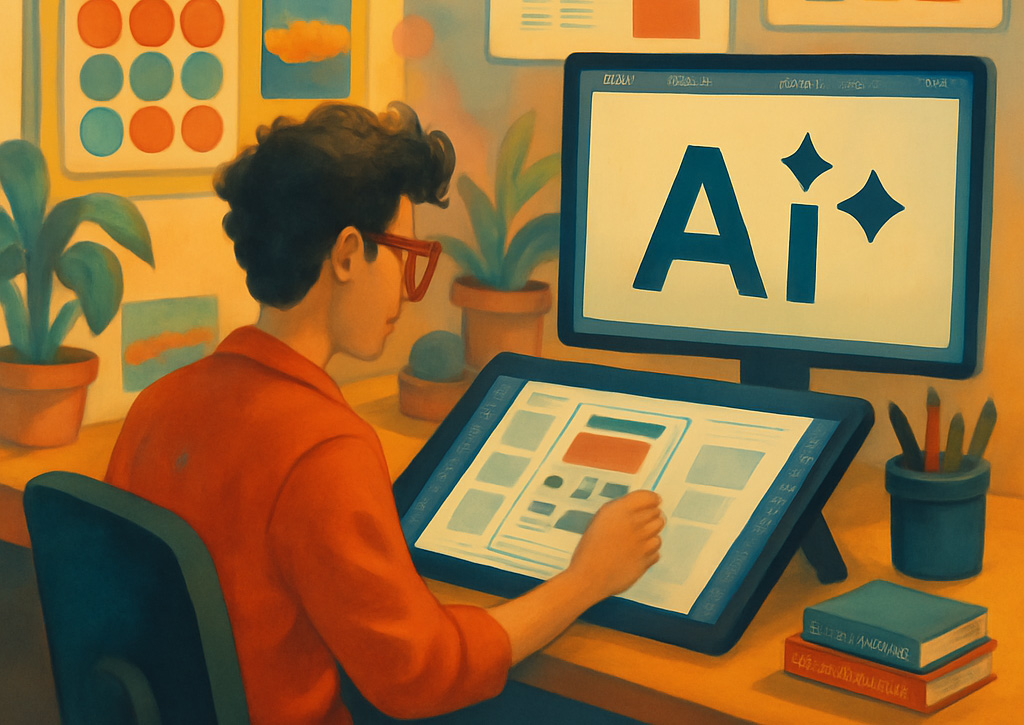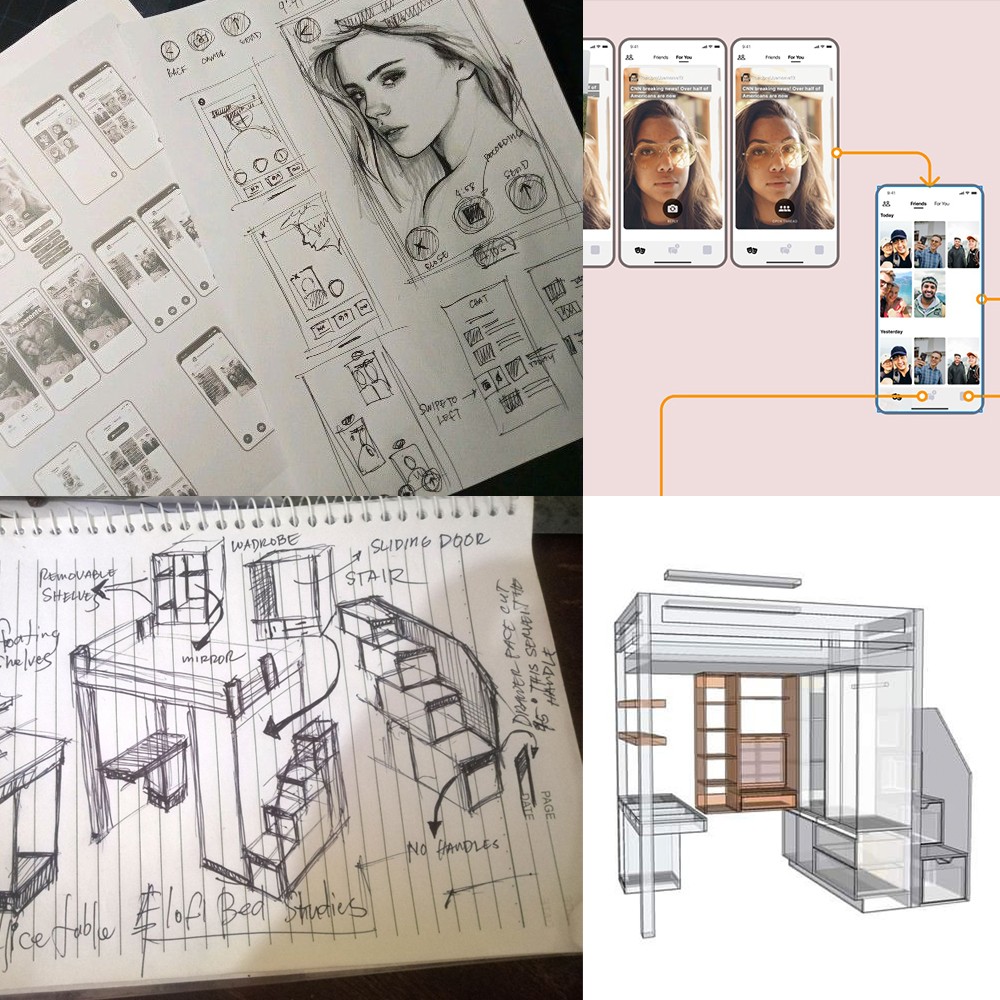Did you know that being a UX designer requires a diverse set of skills? Among these skills, data gathering, data processing, and empathy are considered the foundational pillars of UX design.
Firstly, Data gathering is all about collecting and analyzing information about the users, their behaviors, and their needs. By doing so, designers can gain valuable insights into the preferences and pain points of their target audience. Some methods used for data gathering include user interviews, surveys and questionnaires, observational studies, and analytics and metrics analysis.
- User Interviews: Conducting one-on-one interviews with users to gain firsthand insights into their experiences, preferences, and pain points.
- Surveys and Questionnaires: Collecting quantitative data from a large sample of users to identify trends and patterns in user behavior.
- Observational Studies: Observing users as they interact with a product or service in their natural environment to uncover usability issues and areas for improvement.
- Analytics and Metrics Analysis: Analyzing user data from web analytics tools to track user behavior, measure engagement, and identify areas of friction.
Next up is Data processing. After gathering the raw data, the next step is to transform it into meaningful insights and design solutions. This involves organizing, synthesizing, and interpreting the data gathered during the research phase. Some common techniques used in data processing include affinity diagramming, journey mapping, persona development, and user flows and wireframing.
- Affinity Diagramming: Grouping and organizing qualitative data (such as user interview transcripts or survey responses) into themes and patterns to identify key insights.
- Journey Mapping: Visualizing the user’s journey through a product or service to identify pain points, opportunities, and areas for improvement.
- Persona Development: Creating fictional representations of target users based on demographic, psychographic, and behavioral data to empathize with their needs and goals.
- User Flows and Wireframing: Mapping out the user’s interactions with a product or service through flow diagrams and low-fidelity wireframes to visualize the user experience.
Lastly, Empathy is perhaps the most critical skill that a UX designer should have. It involves the ability to understand and share the feelings, thoughts, and experiences of users. By empathizing with users, designers can create products and experiences that are truly user-centric. Some ways in which empathy manifests in UX design include user-centered design, usability testing, and design thinking.
User-Centered Design: Placing the needs and preferences of users at the forefront of the design process, rather than relying solely on the designer’s intuition or preferences.
- Usability Testing: Empathizing with users by observing their interactions with a product or service, listening to their feedback, and iteratively refining the design based on their needs.
- Design Thinking: Adopting a human-centered approach to problem-solving, where designers empathize with users, define their needs, ideate potential solutions, prototype concepts, and test their effectiveness.







